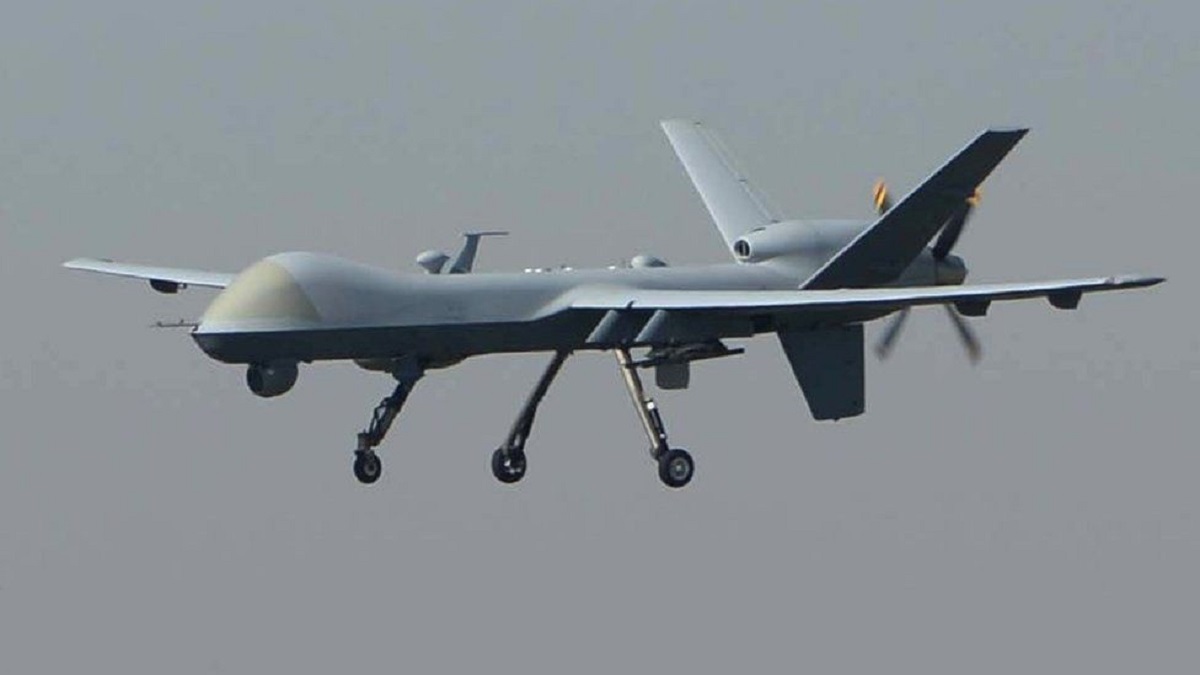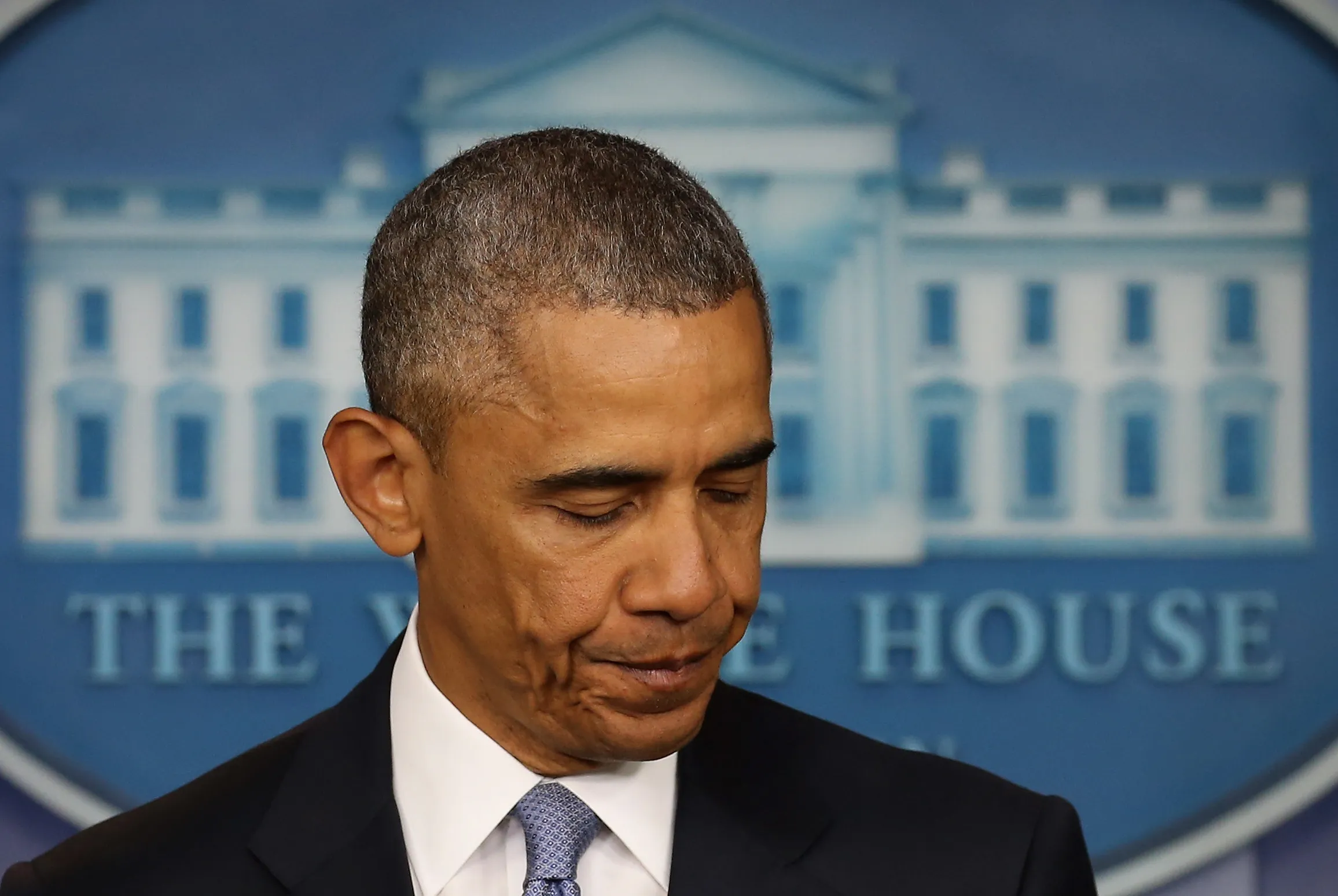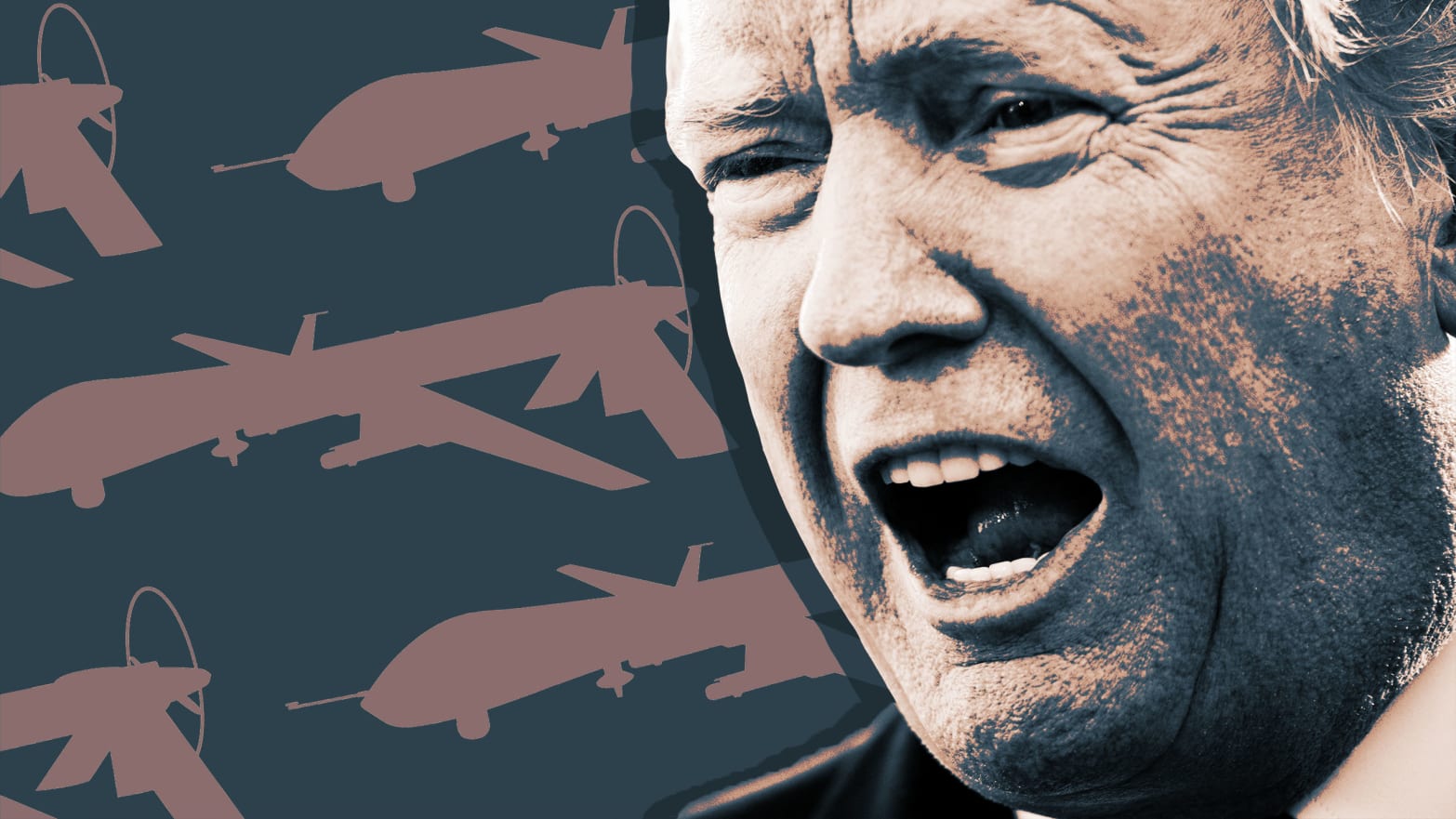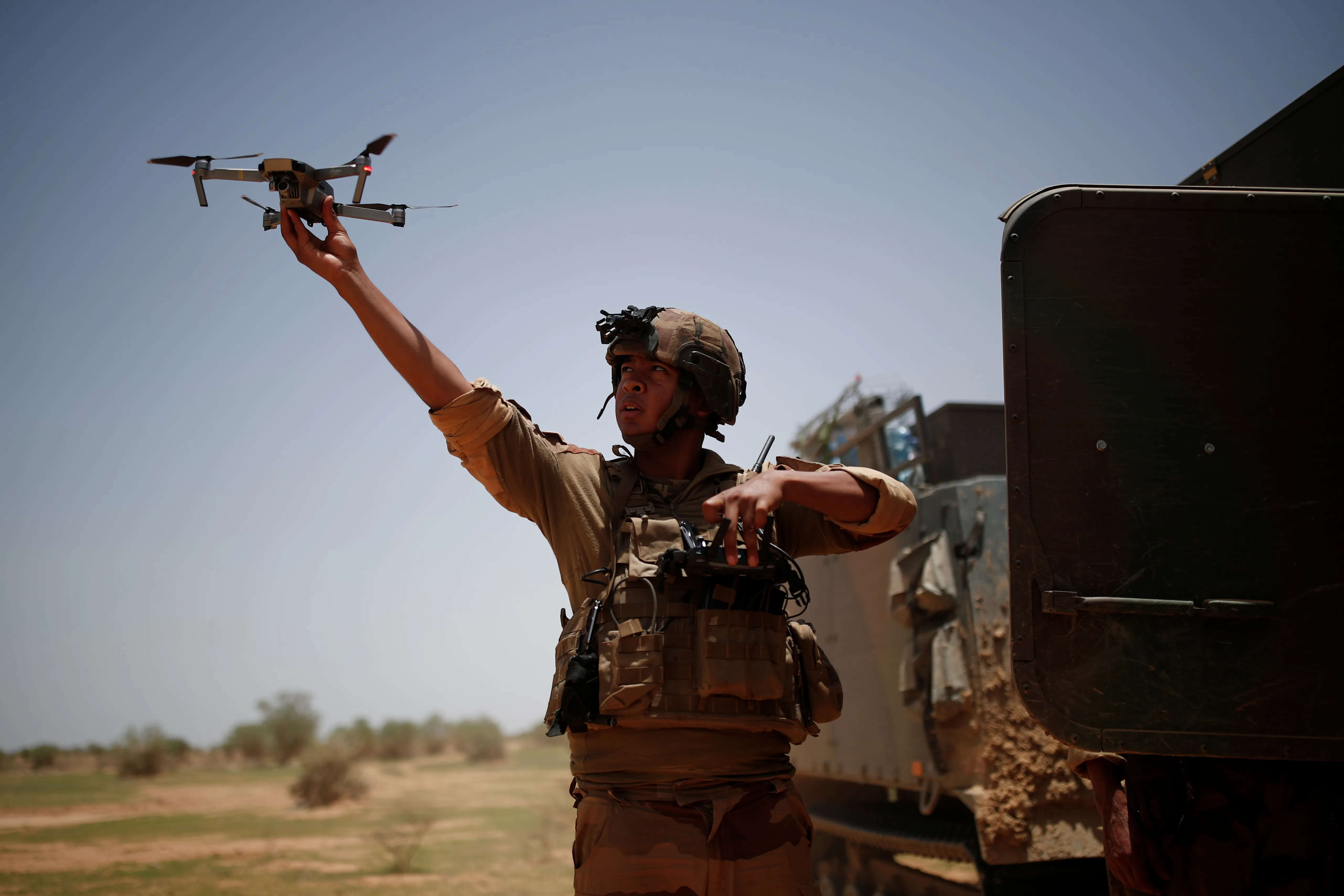Introduction
Over the past decade, the use of drones in counterterrorism operations has become a prominent feature of modern warfare. These unmanned aerial vehicles (UAVs) have revolutionized the way military forces conduct surveillance, gather intelligence, and even carry out targeted strikes against high-value targets, such as Al Qaeda leaders.
Drones offer several advantages over traditional methods of aerial reconnaissance and combat. They provide real-time situational awareness, reduce the risk to human life, and offer a level of precision that was previously unimaginable. However, their use has also raised ethical concerns and sparked debates about the limits of technological warfare.
In recent years, the world witnessed the successful elimination of a notorious Al Qaeda leader, and speculation arose regarding the specific type of drone used in the operation. While the exact details of the mission may be classified, understanding the different types of drones and their capabilities can shed light on the potential model used in this high-profile targeted killing.
This article will delve into the world of drones, exploring the various types and their roles in counterterrorism operations. It will also examine the ethical implications of drone warfare and discuss the future of drone technology in the fight against global terrorism.
The Role of Drones in Counterterrorism Operations
In the fight against terrorism, drones have emerged as valuable tools for military forces and intelligence agencies around the world. They play a crucial role in gathering intelligence, tracking targets, and carrying out precise airstrikes against high-value individuals and terrorist organizations.
One of the key advantages of drones is their ability to conduct surveillance and reconnaissance missions with minimal risk to human life. Equipped with advanced cameras, sensors, and communication systems, these unmanned aerial vehicles can quietly observe and monitor terrorist activities from a safe distance.
Drones also provide invaluable support in locating and tracking suspected terrorists. With their advanced imaging technology, they can identify individuals and follow their movements without arousing suspicion. Additionally, drones have the capability to monitor vast areas for extended periods, making them ideal for long-term surveillance operations.
When it comes to conducting high-precision strikes against terrorists, armed drones are particularly effective. Equipped with missiles or precision-guided munitions, these drones can eliminate high-value targets with pinpoint accuracy. The ability to launch targeted strikes against terrorists hiding in remote and hard-to-reach areas has significantly disrupted their operations and weakened their leadership structures.
Furthermore, the use of drones in counterterrorism operations has proven crucial in minimizing collateral damage. With their precise targeting capabilities, drones can minimize the risk of civilian casualties and damage to infrastructure, enhancing the legitimacy of counterterrorism efforts.
Overall, drones have revolutionized the way counterterrorism operations are conducted. They offer unparalleled surveillance capabilities, precise strike abilities, and reduced risks to military personnel. As a result, they have become an integral part of modern warfare in the ongoing battle against global terrorism.
Understanding Different Types of Drones
There are various types of drones that play different roles in counterterrorism operations. Understanding their capabilities and functions is crucial in determining the specific model that may have been used in the killing of the Al Qaeda leader.
One common type of drone is the remote-controlled aircraft. These drones, often used by hobbyists and enthusiasts, are manually operated by pilots on the ground. They are typically equipped with basic cameras for aerial photography and recreational purposes.
On the other hand, unmanned aerial vehicles (UAVs) are autonomous or semi-autonomous drones that can operate without direct human intervention. They are equipped with sophisticated sensors, cameras, and communication systems, allowing them to fly autonomously, gather intelligence, and carry out designated tasks.
Armed drones, also known as weaponized UAVs, are specifically designed for combat and targeted strikes. These drones are equipped with advanced weaponry such as missiles or precision-guided munitions. They can be remotely controlled by human operators who make the final decision to engage targets.
Within these broader categories, there are several subtypes of drones that vary in size, range, and capabilities. For instance, microdrones are small, lightweight UAVs that are often used for surveillance in urban environments where larger drones are not feasible.
Additionally, there are fixed-wing drones that resemble traditional airplanes, offering longer flight endurance and larger payload capacities. Conversely, rotary-wing drones, such as quadcopters or hexacopters, use multiple sets of rotating blades for stability and maneuverability.
Hybrid drones combine features of both fixed-wing and rotary-wing drones, providing the advantages of vertical takeoff and landing (VTOL) capabilities, along with the efficiency and endurance of fixed-wing flight.
Each type of drone serves a specific purpose in counterterrorism operations. Understanding their characteristics and capabilities helps defense forces and intelligence agencies choose the most suitable drone for a particular mission or objective.
Remote Controlled Aircraft
Remote controlled aircraft, often referred to as hobby drones, are a popular type of drone used for recreational purposes and aerial photography. These drones are manually operated by pilots on the ground, who control their flight, maneuverability, and camera functions.
Remote controlled aircraft come in various sizes, ranging from small quadcopters to larger fixed-wing models. They are typically equipped with basic cameras, allowing users to capture aerial photos and videos.
While remote controlled aircraft have limited capabilities compared to more advanced UAVs, they can still be utilized in surveillance operations in certain cases. Their small size and maneuverability make them suitable for capturing detailed images and videos of specific areas of interest.
In counterterrorism operations, remote-controlled drones can provide valuable situational awareness to ground forces by providing real-time video footage of potentially dangerous areas. They can be deployed quickly and easily, enabling rapid response and reconnaissance in emergency situations.
However, remote-controlled aircraft have certain limitations. They often have shorter flight times and limited range compared to more advanced drones. Additionally, their reliance on manual operation can restrict their effectiveness in complex or high-risk environments.
Despite these limitations, remote controlled aircraft provide a cost-effective and accessible option for aerial surveillance and reconnaissance. They are widely used by hobbyists, photographers, and even law enforcement agencies for various purposes.
As technology continues to advance, remote controlled aircraft are expected to become more sophisticated, offering improved flight capabilities, longer battery life, and enhanced camera systems. This will further broaden their applications in both recreational and professional settings.
Unmanned Aerial Vehicles (UAVs)
Unmanned Aerial Vehicles (UAVs), also known as drones, are autonomous or semi-autonomous aircraft that can operate without direct human intervention. These sophisticated machines have revolutionized various industries, including military operations, surveillance, and civilian applications such as aerial photography and package delivery.
UAVs are equipped with advanced sensors, cameras, and communication systems, allowing them to perform a wide range of tasks. These include surveillance, reconnaissance, data collection, and even targeted strikes when armed.
One of the primary advantages of UAVs is their ability to operate remotely and autonomously. They can fly pre-programmed routes, carry out complex maneuvers, and provide real-time data to operators. This makes them invaluable in counterterrorism operations by reducing the risk to human lives.
UAVs come in various sizes and configurations to suit different needs. They can range from small, nimble quadcopters used for close-range surveillance to larger fixed-wing aircraft capable of long-distance flights and endurance.
The versatility of UAVs makes them well-suited for a variety of counterterrorism functions. They can conduct surveillance missions for extended periods, monitor suspicious activities, and provide critical intelligence to ground forces.
Moreover, UAVs can be equipped with advanced imaging technologies, such as infrared and thermal sensors, allowing them to detect hidden targets or individuals. This capability is particularly useful in locating terrorists who may be hiding in remote or densely populated areas.
UAVs also offer the advantage of being able to quickly deploy and adapt to changing circumstances in fast-paced counterterrorism operations. They can be launched from various platforms, such as ground vehicles, ships, or aircraft, making them highly mobile and flexible in different operational environments.
As technology continues to advance, UAVs are becoming increasingly sophisticated. Future developments may include improved flight endurance, enhanced autonomous capabilities, and advanced payloads for intelligence gathering and target engagement.
In summary, unmanned aerial vehicles (UAVs) have transformed the field of counterterrorism by offering enhanced surveillance, reconnaissance, and targeted strike capabilities. Their ability to operate autonomously and provide real-time intelligence make them invaluable assets in the ongoing fight against global terrorism.
Armed Drones and Their Capabilities
Armed drones, also known as weaponized unmanned aerial vehicles (UAVs), have emerged as powerful tools in modern warfare and counterterrorism operations. These drones are specifically designed and equipped with advanced weaponry to engage and neutralize high-value targets.
One of the primary capabilities of armed drones is their precision-strike capability. Equipped with missiles or precision-guided munitions, they can accurately target and engage specific individuals or structures with minimal collateral damage.
The use of armed drones provides military forces and intelligence agencies with a significant advantage in counterterrorism efforts. They allow for the elimination of high-profile and high-value targets, such as Al Qaeda leaders, while minimizing the risk to soldiers and civilians.
Armed drones also offer increased operational flexibility. They can be deployed quickly to respond to emerging threats or conduct targeted strikes against time-sensitive targets. This agility makes them a valuable asset in dynamic counterterrorism operations.
Furthermore, armed drones have the capability to operate in environments that may be too dangerous or inaccessible for manned aircraft or ground forces. They can navigate through rugged terrain, penetrate complex urban environments, and reach remote areas where terrorists may seek refuge.
Another key benefit of armed drones is their ability to provide persistent surveillance and intelligence gathering. With their advanced sensors and cameras, they can monitor and track the movements of suspected terrorists, providing critical real-time information to ground forces and decision-makers.
While armed drones offer significant advantages in counterterrorism operations, there are also ethical considerations to take into account. The use of lethal force carried out remotely raises concerns about accountability, transparency, and the potential for civilian casualties.
It is crucial that the deployment and utilization of armed drones adhere to strict rules of engagement and international legal standards to ensure their responsible and ethical use. This includes thorough intelligence verification, target discrimination, and the consideration of proportionality in the use of force.
As technology continues to advance, armed drones are likely to become even more advanced, with improved capabilities and greater integration of artificial intelligence. This will further enhance their effectiveness in targeted strikes and counterterrorism operations.
In summary, armed drones play a crucial role in counterterrorism operations by providing precision-strike capabilities, operational flexibility, persistent surveillance, and intelligence gathering. However, their use must be accompanied by strict adherence to ethical guidelines to ensure their responsible and accountable deployment.
Determining the Drone Model Used in the Al Qaeda Leader’s Killing
While the specifics of the drone model used in the operation to eliminate the Al Qaeda leader may be classified information, certain factors can help in determining the likely drone model employed.
Firstly, the nature of the target and the mission objectives provide valuable insights. With a high-value target like an Al Qaeda leader, it is reasonable to assume that a sophisticated and capable drone would have been used.
Furthermore, the targeted killing of an enemy combatant suggests the involvement of an armed drone. These drones are specifically designed for offensive capabilities, equipped with missiles or precision-guided munitions to carry out the strike.
Another factor to consider is the operational environment. If the operation took place in a remote and hostile area, a drone with long-endurance capabilities and the ability to operate in rugged terrain would be favored. This could point toward a fixed-wing drone with extended flight capabilities.
Additionally, the size and complexity of the mission can give clues about the drone model utilized. A highly covert operation with precise intelligence gathering and real-time situational awareness requirements would likely require a drone with advanced surveillance capabilities and communication systems.
It is important to note that determining the specific drone model used in such operations can be challenging due to the classified nature of the information. Governments and intelligence agencies typically keep the details of these missions closely guarded to maintain operational security.
However, advancements in technology, military leaks, and expert analysis can sometimes provide insights. Open-source intelligence, such as captured or publicly available drone images, might offer visual cues that help identify the potential drone model involved.
Ultimately, while we may not have definitive information on the exact drone model used in the targeted killing of the Al Qaeda leader, examining the mission parameters, operational requirements, and available information can provide a basis for speculation and analysis.
The Impact of Drone Technology on Counterterrorism
Drone technology has had a profound impact on counterterrorism efforts, revolutionizing the way military forces and intelligence agencies combat global terrorism.
One of the major contributions of drone technology is its ability to provide enhanced situational awareness and intelligence gathering capabilities. Drones can capture real-time video footage, aerial imagery, and other types of data that aid in the identification and tracking of terrorist activities.
This real-time information allows for quicker decision-making and more effective responses to emerging threats. It greatly enhances the effectiveness of counterterrorism operations by providing actionable intelligence for law enforcement and military personnel on the ground.
Additionally, drones have significantly increased the precision and accuracy of targeted strikes against high-value terrorists. They offer a level of precision that minimizes collateral damage and reduces the risk to ground forces.
Drones can operate in environments that may be unsafe or inaccessible for humans, enabling military forces to monitor and engage terrorists hiding in remote or rugged areas. They have expanded the reach and effectiveness of counterterrorism operations, enabling strikes against targets that were previously out of reach.
Moreover, the use of drones has resulted in significant cost savings compared to traditional aerial surveillance and combat operations. Drones are less expensive to operate and maintain than manned aircraft, reducing the financial burden on military budgets.
Another impact of drone technology is the psychological effect it has on terrorist organizations. The constant presence and threat of drone strikes disrupt the operations of these groups, forcing them to modify their tactics, hindering their ability to plan and carry out attacks.
Despite the numerous advantages of drone technology in counterterrorism, it also raises ethical concerns. The use of drones for targeted killings has sparked debates regarding the legality, accountability, and potential violation of international laws, such as sovereignty and human rights.
Nonetheless, the impact of drone technology on counterterrorism operations cannot be denied. It has resulted in significant successes in disrupting terrorist networks, eliminating high-value targets, and enhancing the safety and security of nations facing the threat of terrorism.
Ethical Concerns Surrounding Drone Warfare
The use of drones in warfare, particularly in targeted strikes, has raised a number of ethical concerns that need to be carefully considered and addressed. These concerns revolve around issues of legality, accountability, civilian casualties, and the impact on human rights.
One of the primary ethical concerns is the legality of drone strikes under international law. Critics argue that targeted killings carried out by drones may violate the principles of sovereignty and the right to due process. Many argue that only judicial bodies should have the authority to determine guilt and impose punishment.
In addition, the lack of direct human involvement in drone operations raises questions about the accountability and transparency of these strikes. With human operators physically distant from the battlefield, there is a potential for a lack of oversight and adequate scrutiny of decision-making processes, leading to concerns of unchecked use of force.
The issue of civilian casualties is another ethical concern associated with drone warfare. Despite the precision-strike capabilities of drones, the risk of collateral damage and the inadvertent harm to innocent civilians cannot be completely eliminated. The high level of autonomy and distance from the battlefield raises questions about the accuracy of target identification and the potential for mistaken or wrongful strikes.
Furthermore, the psychological and emotional impact on civilian populations living under the constant threat and surveillance of drone presence cannot be overlooked. The constant hovering and unknown potential for strikes create a climate of fear and anxiety, infringing upon the rights and well-being of individuals in the affected areas.
There are also concerns regarding the transparency and disclosure of information related to drone operations. Lack of sufficient public knowledge about the criteria and decision-making process behind drone strikes hinders public scrutiny and debate on the ethical and legal implications of this form of warfare.
Addressing these ethical concerns surrounding drone warfare requires meaningful engagement and dialogue among governments, international organizations, human rights groups, and the public. Increased transparency, clear guidelines and regulations, enhanced accountability mechanisms, and adherence to international legal frameworks are crucial steps to mitigate these ethical concerns.
Ultimately, it is essential to find the right balance between leveraging the advantages of drone technology in counterterrorism operations while respecting fundamental principles of human rights, international law, and ethical standards. This requires ongoing ethical scrutiny, evaluation, and adjustment of the use of drones as a tool of warfare.
The Future of Drone Technology in Counterterrorism Operations
The advancements in drone technology have transformed counterterrorism operations, and the future holds great potential for further innovation and development in this field. Drones are expected to continue playing a crucial role in the fight against global terrorism.
One area of anticipated growth is the enhancement of drone autonomy and artificial intelligence (AI) capabilities. Autonomous drones equipped with advanced AI algorithms can analyze vast amounts of data, identify patterns, and make informed decisions in real-time. This will significantly enhance their ability to detect and respond to terrorist activities swiftly and effectively.
Improved flight performance, including longer endurance and increased range, is also expected in the future. This will enable drones to cover larger areas, conduct extended surveillance missions, and effectively track high-value targets over longer distances.
The miniaturization of drone technology is another area of focus. Smaller drones with reduced size and weight can navigate through urban environments more discreetly and safely, improving their ability to gather intelligence in complex and densely populated areas where terrorists may seek refuge.
Additionally, advancements in sensor technology and imaging systems will further enhance the intelligence-gathering capabilities of drones. Improved cameras, sensors, and data analysis tools will provide even higher-resolution imagery, better target identification, and the ability to detect previously hidden threats.
Efforts are also underway to enhance the communication and connectivity capabilities of drones. This includes the integration of 5G networks, satellite communication systems, and swarm technology, enabling drones to collaborate and share information seamlessly, enhancing their collective intelligence and operational effectiveness.
The integration of drones with other emerging technologies, such as virtual reality (VR) and augmented reality (AR), holds promising potential. These technologies can enhance the situational awareness of drone operators, allowing them to gather critical intelligence and make informed decisions in dynamic and high-pressure situations.
While the future of drone technology in counterterrorism operations is promising, it is essential to address the ethical concerns that arise with these advancements. Transparent policies, robust accountability mechanisms, and adherence to legal and ethical frameworks are vital to ensuring responsible and ethical use of drones in the fight against terrorism.
In summary, the future of drone technology in counterterrorism operations is marked by advancements in autonomy, AI capabilities, flight performance, miniaturization, sensor technology, and integration with other emerging technologies. These developments hold great promise for enhancing the effectiveness and efficiency of counterterrorism efforts while requiring a continued focus on ethical considerations and international norms.
Conclusion
Drones have undeniably transformed the landscape of counterterrorism operations and have become invaluable tools in the fight against global terrorism. Their advanced surveillance capabilities, precision-strike capabilities, and remote operation abilities have revolutionized the way military forces and intelligence agencies combat terrorist activities.
From remote-controlled aircraft to advanced unmanned aerial vehicles (UAVs) and armed drones, the technology has evolved to cater to specific counterterrorism needs. It offers enhanced situational awareness, increased operational flexibility, and improved precision in targeted strikes against high-value terrorists.
However, the use of drones in warfare also raises ethical concerns that need to be addressed. These include issues of legality, accountability, civilian casualties, and the impact on human rights. Transparent policies, adherence to international legal frameworks, and robust accountability mechanisms are crucial to ensuring the responsible and ethical use of drones.
The future of drone technology in counterterrorism operations looks promising, with advancements in drone autonomy, artificial intelligence (AI) capabilities, flight performance, miniaturization, sensor technology, and integration with other emerging technologies. These developments hold great potential for enhancing the effectiveness and efficiency of counterterrorism efforts.
In summary, drones have significantly impacted counterterrorism operations, providing enhanced capabilities in surveillance, reconnaissance, and precision strikes against terrorist targets. While ethical concerns and legal frameworks must be considered, the continued advancement of drone technology holds the potential to further enhance counterterrorism efforts in the ongoing fight against global terrorism.

























